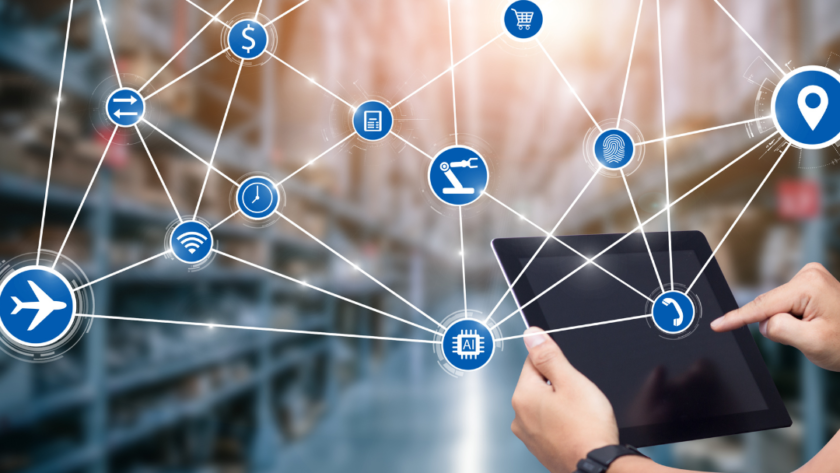Digital transformation has encouraged some major changes in industries across the world. Traditional products and services are now being replaced with digital alternatives, market opportunities are rapidly increasing, and even global enterprises are being forced to change their business strategies and operating models in an effort to remain competitive. While these shifts are undeniable, sectors will likely continue evolving with the appearance of new and sophisticated technologies. At this time, here are some important ways in which technology is impacting major industries:
The Internet of Things
The Internet of Things (IoT) is one of the first and most important major technological developments that helped to enhance global industries. This represents sensors, devices, and different electronics that have the ability to recognize and communicate with each other using shared networks. IoT-enabled devices are already a common aspect in many sectors, such as IoT sensors that monitor and operate manufacturing processes, smart devices that provide insights and information regarding equipment and products, and even “wearable” technology that helps to monitor animals, people, and their surroundings. As this technology continues to advance, the potential for new IoT solutions for streamlining processes will likely be greater as well.
3D printing technology
As a digital production technology, 3D printing is used to create physical objects corresponding to specifications that were outlined in digital 3D models. The production process is additive, meaning that objects are manufactured one layer at a time using materials such as metal or plastic until they are molded into the correct shape. 3D printing is done using quick and extremely precise machines that can easily produce complex and high-quality objects while cutting costs. For that reason, 3D printing is widely used in industries for creating smaller objects such as industrial machinery components, artificial organs, and dental replacement parts. But its main potential may lie in the construction sector, where 3D printing with concrete can provide a fast and cost-effective building alternative.
Fanless computers
Computers are necessary for the operation of nearly all major industries today. But the many moving parts of traditional PCs can present a big issue, especially regarding industrial use and more challenging external conditions. For instance, regular computers use fans for cooling, which is one of the most common failure points when it comes to industrial PCs. This is precisely where a fanless PC comes in. Instead of relying on fans, these computing solutions are created with more innovative design features to stop internal electronics from overheating. Fanless computers are also able to operate non-stop under extreme temperatures and unfavorable outside elements such as dust and dirt, making them truly invaluable for industrial use.
Robotics and automation
Another trend that is rapidly growing across industries is automation. It aims to take charge of physical work and most repetitive and tedious tasks that were previously done by employees, thus helping to increase speed and efficiency, streamline processes, and enhance overall quality. It will also allow human resources to prioritize more valuable and sophisticated tasks. That is why automation has particularly beneficial use in sectors such as logistics, warehousing, and surveillance, even though it’s slowly being implemented all across the board. While physical robots may be rarer, their surprising speed and accuracy make them a great asset in the construction and manufacturing industries, which have a bigger need for lower expenses and higher efficiency.
Virtual and augmented reality
Virtual reality (VR) is a unique technology that allows users to interact with recreations of real environments that are simulated by computers. Augmented reality (AR), however, is a form of VR in which reality is combined with computer-simulated environments. These technologies are widely used in industries such as construction and architecture, enabling the conceptualization of plans, visualization of drawings, and reception of vital information regarding equipment and sites in real time. Customer experiences can also be enhanced with VR and AR by allowing individuals to test products in virtual environments before they’re manufactured. The education sector has been improved due to the remote learning and visualization opportunities provided by these technologies, too.
Blockchain technology
One newer technology that’s suddenly rising in popularity is blockchain, representing a distributed database shared between a network’s nodes. Blockchain can digitally store information, in a manner that enables all involved parties to possess the same information about transactions without being able to alter it in any way. This means that blockchain technology can support quick and secure transactions between several parties with no need for a bank or other third-party authorization processes. By establishing trust and safety early on, blockchain has the potential to fully transform future business operations. At the moment, the real estate, logistics, insurance, and energy industries are already benefitting from this unique technology.
Technology has clearly had an impact on all major global industries. As technology continues to evolve, we can only expect finer and more unique solutions to appear and start another technological industrial revolution.



